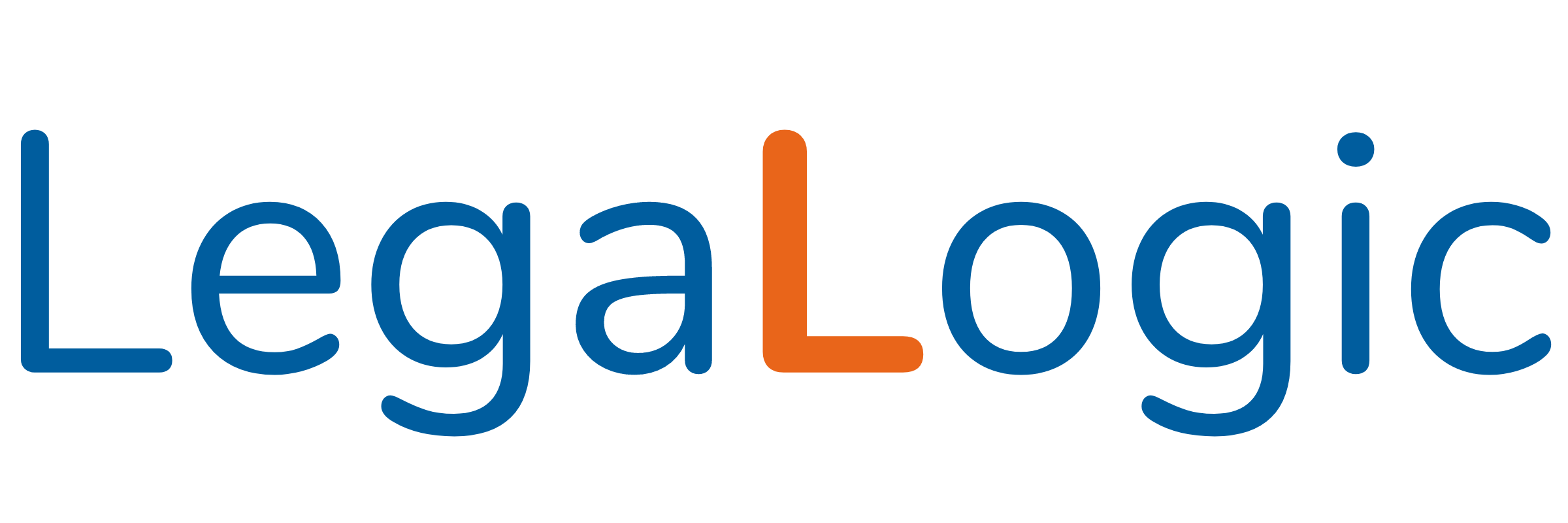Insurance Advisory Newsletter – What is Keyman Insurance Policy? : June 2025
WHAT IS KEYMAN INSURANCE POLICY?
A Keyman Insurance Policy (“Policy”) is a life insurance policy that a business purchases on the life of an individual employee or stakeholder deemed essential to the organisation’s operations. This individual may be a founder, CEO, CFO, or other critical contributor whose sudden absence could significantly impact the organisation’s financial health and continuity are considered keyman.
Unique features of Policy
| 💰Pays the Premium |
The organisation pays the insurance premium, not the employee. |
| 📄Owns the Policy | The organisation is both the policyholder and beneficiary. |
| 💼Receives the Payout | The organisation receives the death benefit in case of the Key Person’s demise. There is no obligation to payout the family members of the Key Person |
| 🚧Manages Disruptions | Provides financial stability during leadership or operational gaps. |
| 📉Recovers Revenue Losses | Helps offset loss of profits caused by the absence of the Key Person. |
| 👥Supports Recruitment & Training | Funds the cost of hiring and training a suitable replacement to the Key Person |
| 🔚Key Person Exits |
The organisation has two options: ❌ Cancel the Policy, OR 🔁 Transfer the Policy: Assign it to the individual, converting it into a personal life insurance policy under their name |
The Policy is a strategic risk management tool for businesses that rely on specific individuals for leadership, operations, or revenue. By owning the Policy and receiving its benefits, the organisation ensures financial resilience in the event of an unexpected loss. To maintain effective protection and business continuity, companies should treat this Policy as a core component of their risk strategy and regularly review key personnel and coverage levels.
The Policy is a strategic risk management tool for businesses that rely on specific individuals for leadership, operations, or revenue. By owning the Policy and receiving its benefits, the organisation ensures financial resilience in the event of an unexpected loss. To maintain effective protection and business continuity, companies should treat this Policy as a core component of their risk strategy and regularly review key personnel and coverage levels.
WHO IS KEY PERSON OF AN ORGANISATION?
A Key Person is someone whose knowledge, connections, or leadership are essential to a business’s success and his/her absence of any key person could result in a significant business setback (“Key Person”). This could include:
- Founders and Promoters: Often central to strategic vision
- CXOs (CEO/CFO etc.): Bear significant decision-making authority
- Revenue Drivers: Sales heads, key client managers
- Technical Specialists: Whose absence could delay delivery or development
The insurance company may at its discretion may cover any other person as a Key Person.
OTHER FEATURES
Limits
There is no legal cap on the sum insured under these Policies, insurers usually agree on an appropriate sum that reflects the Key Person’s financial impact on the business. Estimations can be based on multiple factors such as the individual’s contribution to profit and the time required to replace them. To ensures that the Policy adequately addresses potential business losses, the common industry practices include:
- Up to 2 times the gross profit generated by the Key Person;
- Up to 5 times the net profit attributable to them;
- A formula-based approach: (Key Person’s salary ÷ Total payroll) × Gross profit × Recovery period (maximum 5 years);
- Up to 5 times CTC of the Key person.
Riders
As an industry practice riders cannot be added to the Policies, therefore the riders typical to life insurances are not seen in these policies mainly due to:
- Riders (such as critical illness or accidental death) are prohibited by IRDAI for these Policies.
- The Policy is required to remain a pure term policy to ensure its purpose is not distorted.
Other Implication
Previously, organisations often used endowment or ULIP-based keyman insurance policies, but these are now discouraged by tax authorities and insurers due to potential misuse and complex tax issues. The preferred model today is pure term insurance, aligning with regulations that treat the Policy strictly as a business risk protection tool, not an investment, and tax benefits on premiums may be available if the Policy serves genuine business purposes.
About Us:
LegaLogic (www.legalogic.com) is a full-service law firm with more than 50 people team. Founded in 2013, LegaLogic has been advising across industry segments. It is a go-to firm for the Corporate Commercial Matters, M&A, Intellectual Property, Employment Law, Real Estate, Dispute Resolution, Litigation, Insurance Advisory, India Entry Strategy, and Private Client Practice. To know more about our Corporate Commercial and M&A Practice, please write to us at insurance@legalogic.com.
Disclaimer:
This newsletter is for informational purpose only and should not be treated as legal advice or opinion. No part of this newsletter should be considered an advertisement or solicitation of professional services of Lega Logic.





